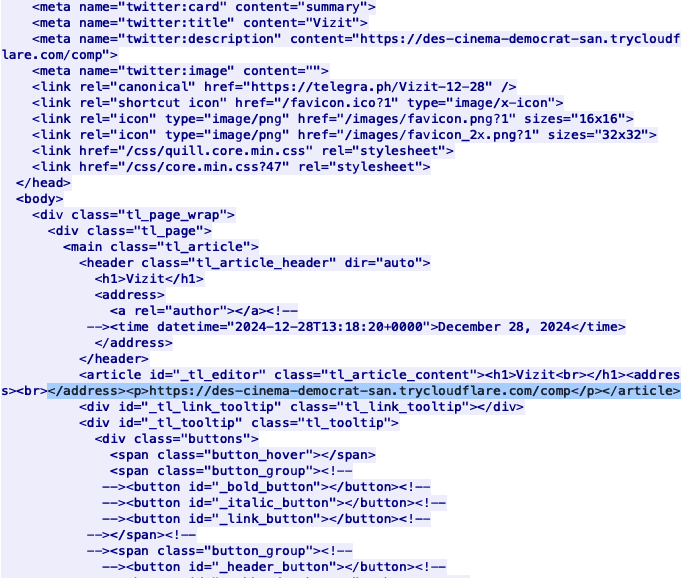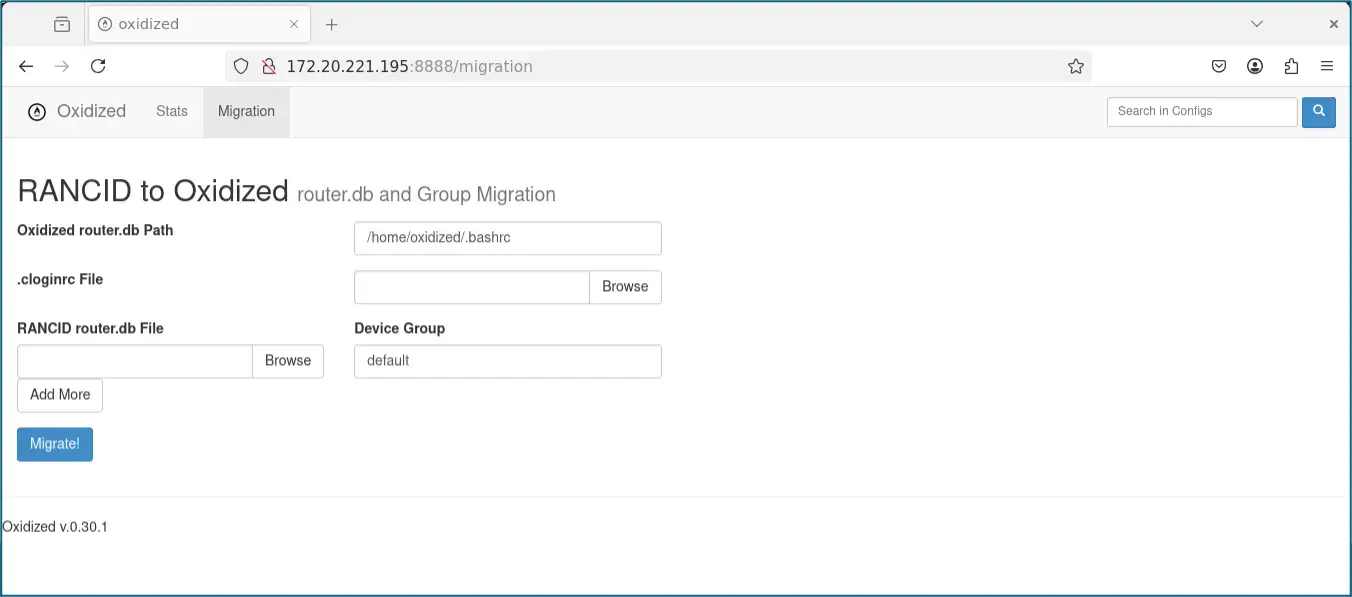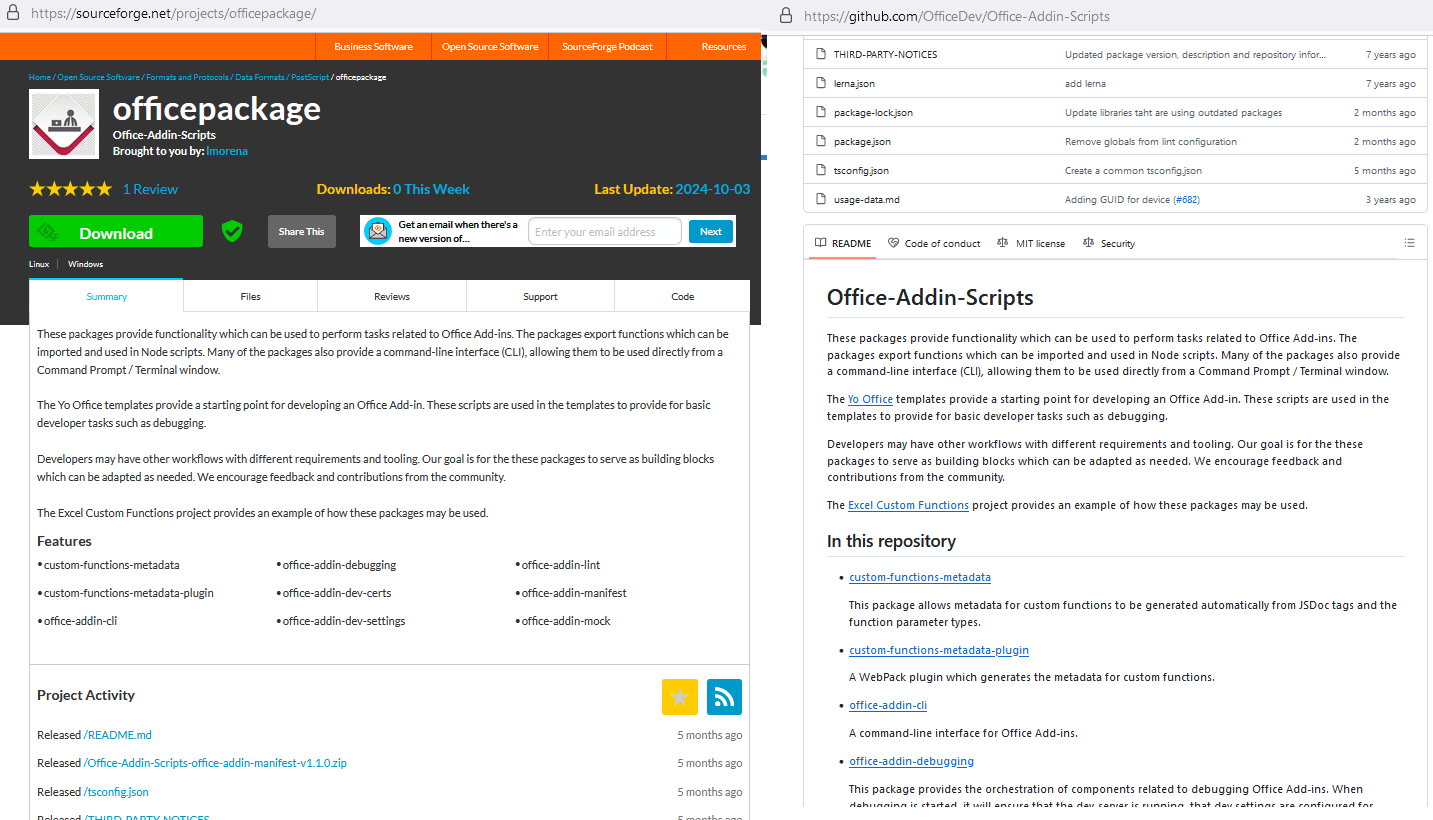
A new supply chain attack has been discovered wherein typosquatted Telegram bot libraries deliver SSH backdoors and facilitate data exfiltration. The attack exploits Telegram’s open ecosystem and lack of a formal vetting process for bot creation, allowing malicious npm packages to masquerade as legitimate libraries. These packages perform unauthorized SSH key injections and data breaches, posing serious risks to developer infrastructures and user privacy.…
Read More 













